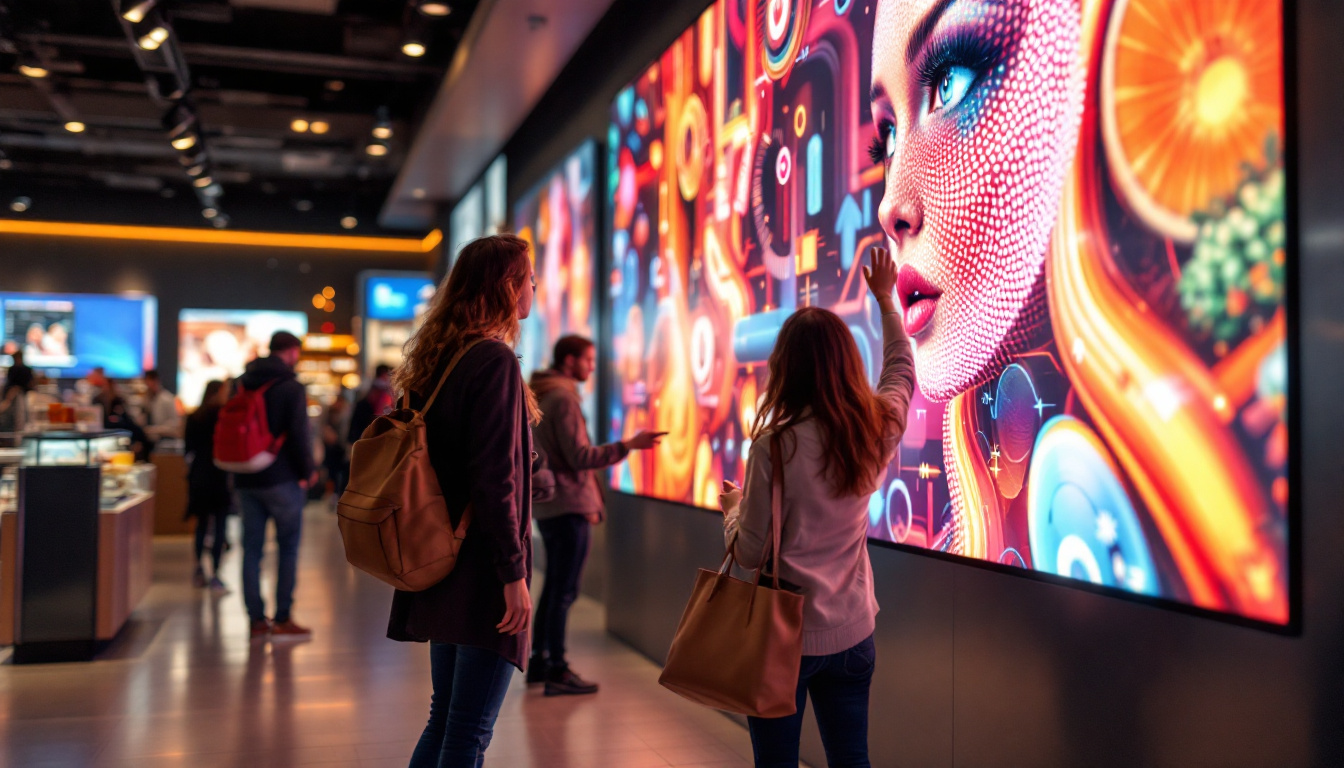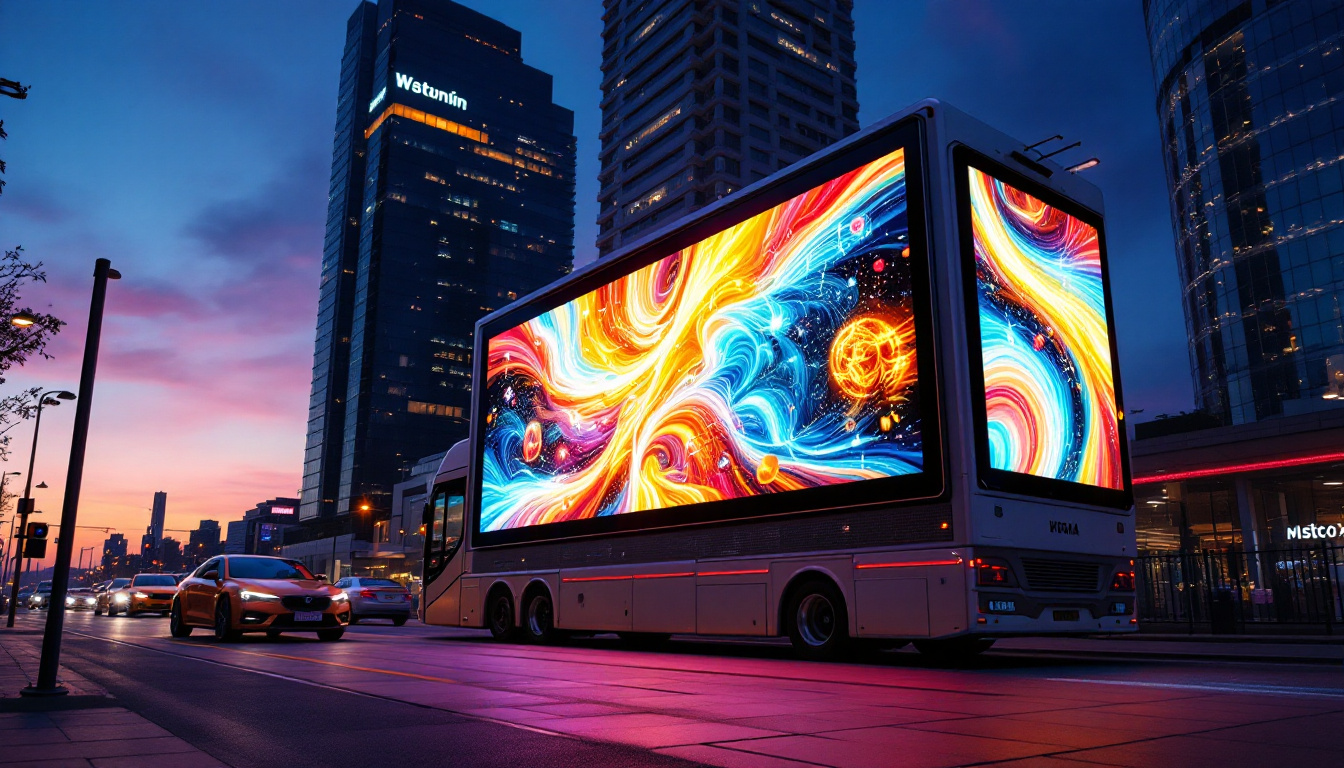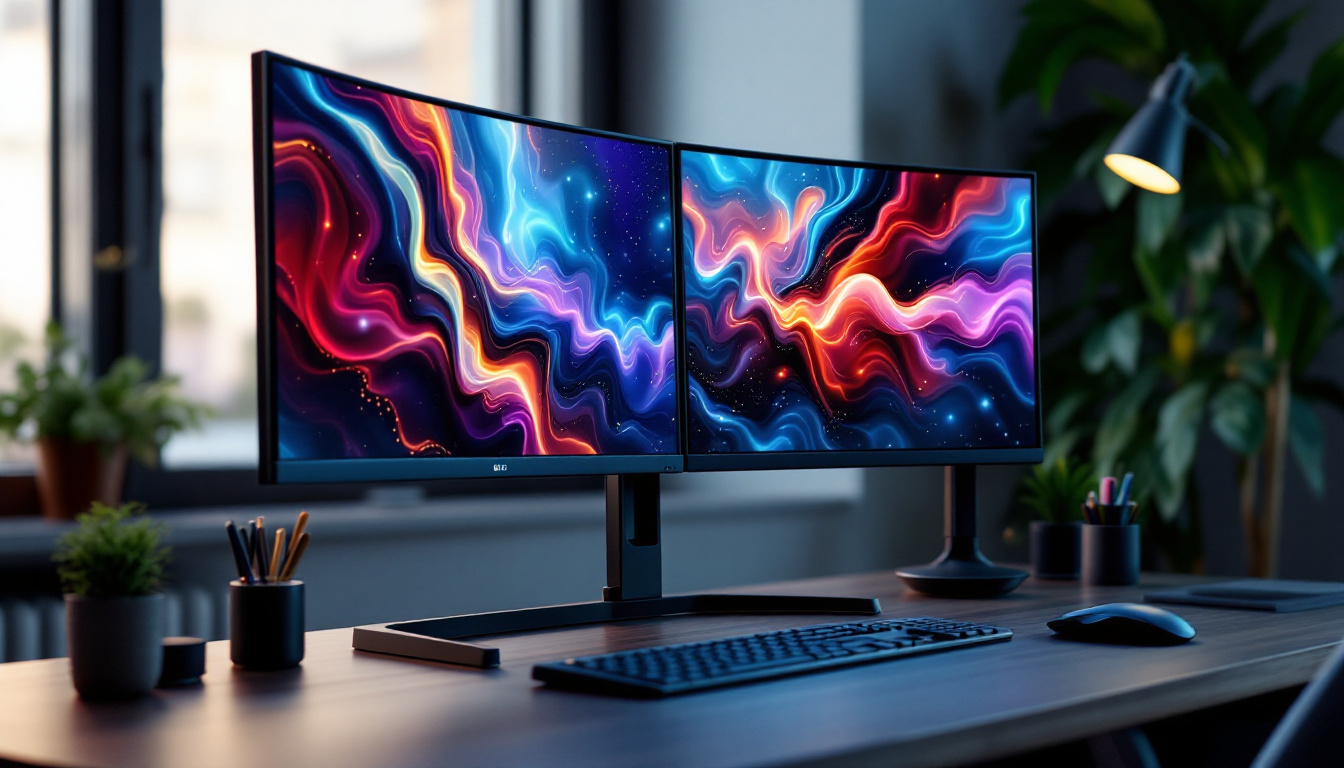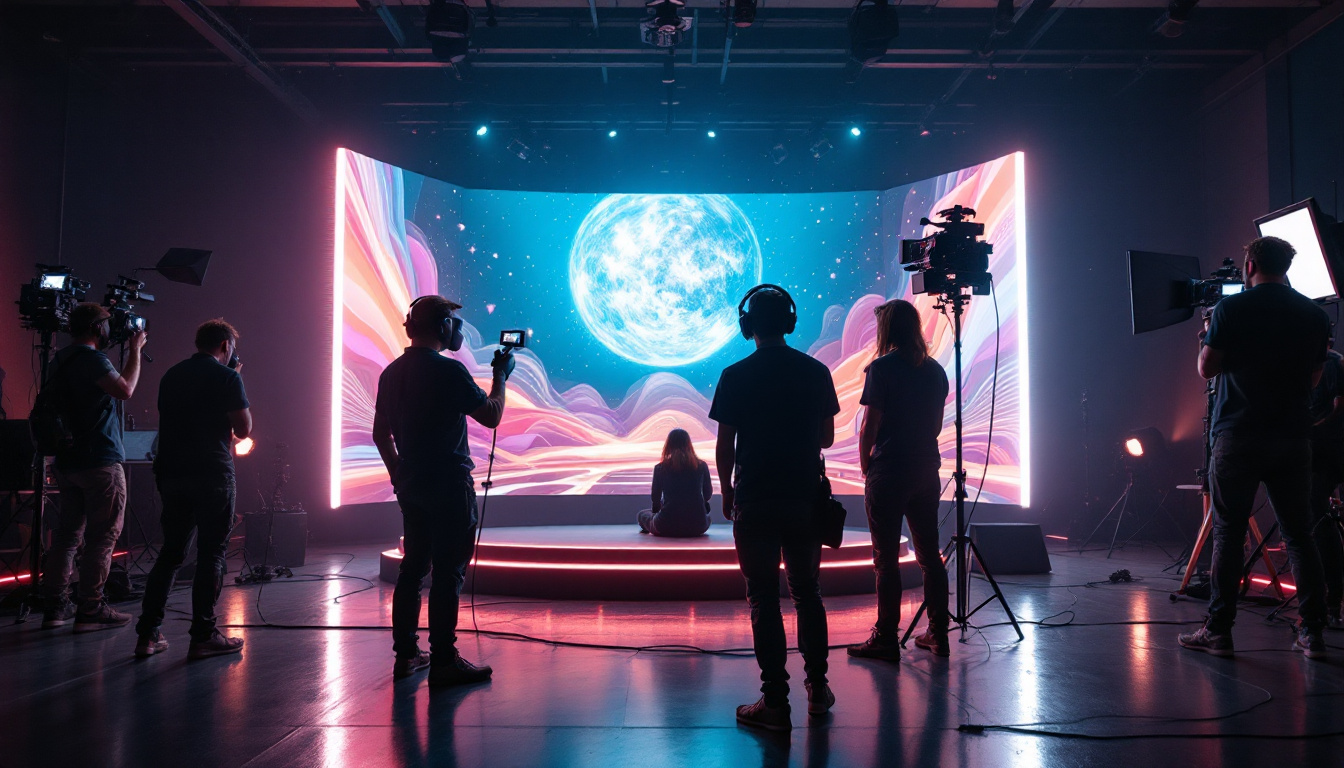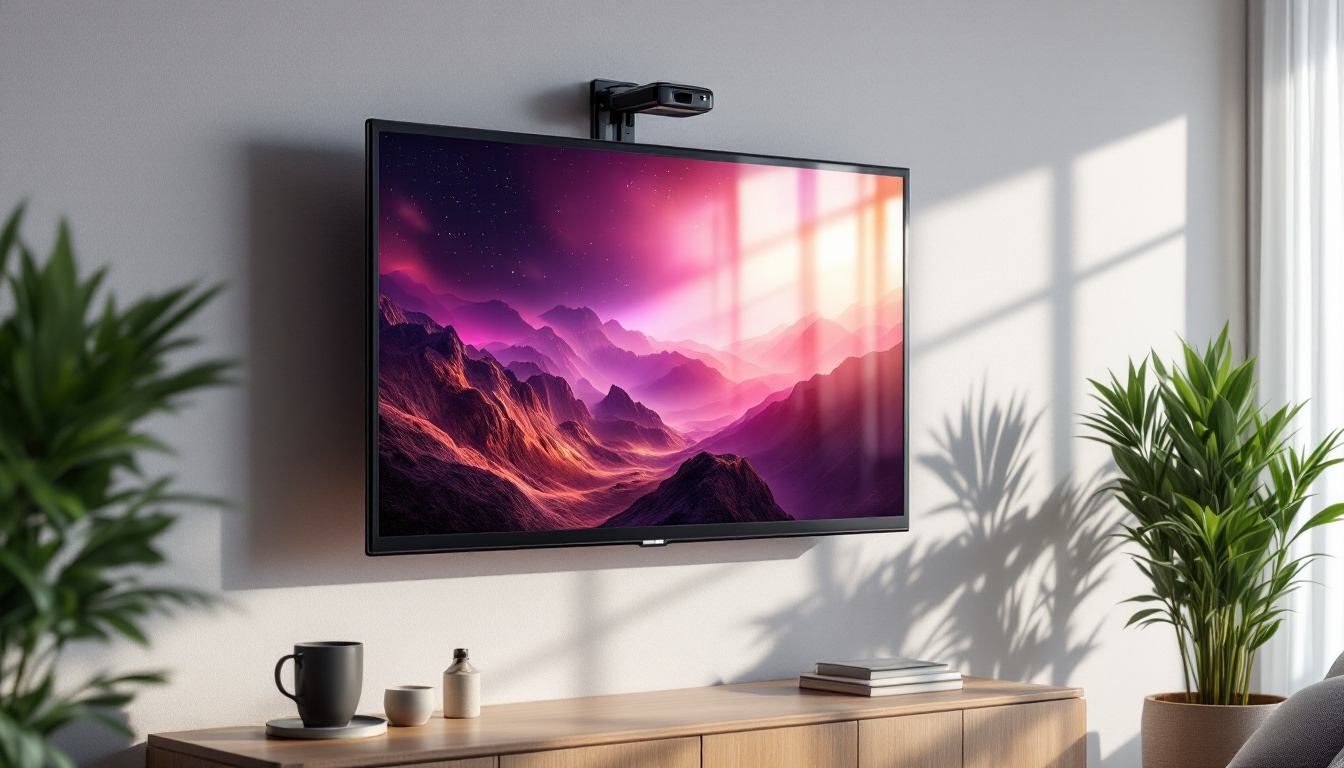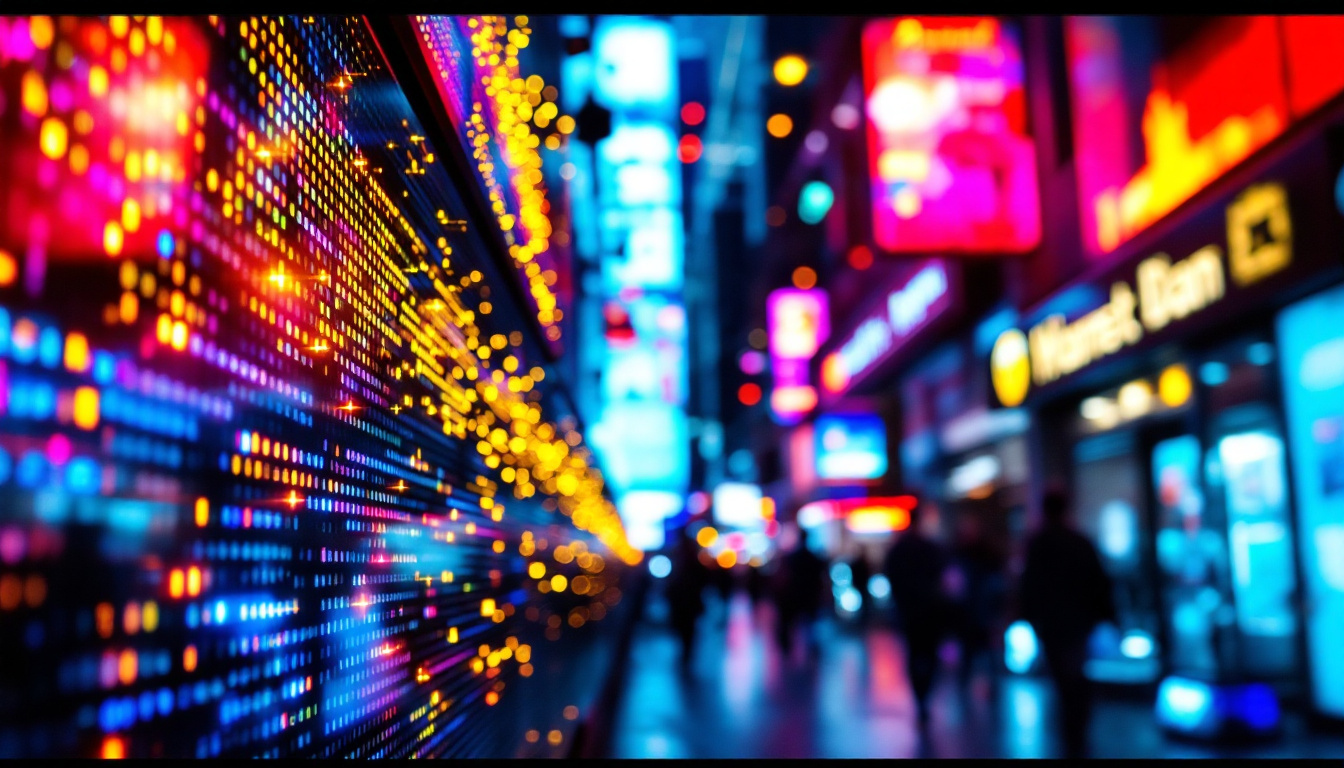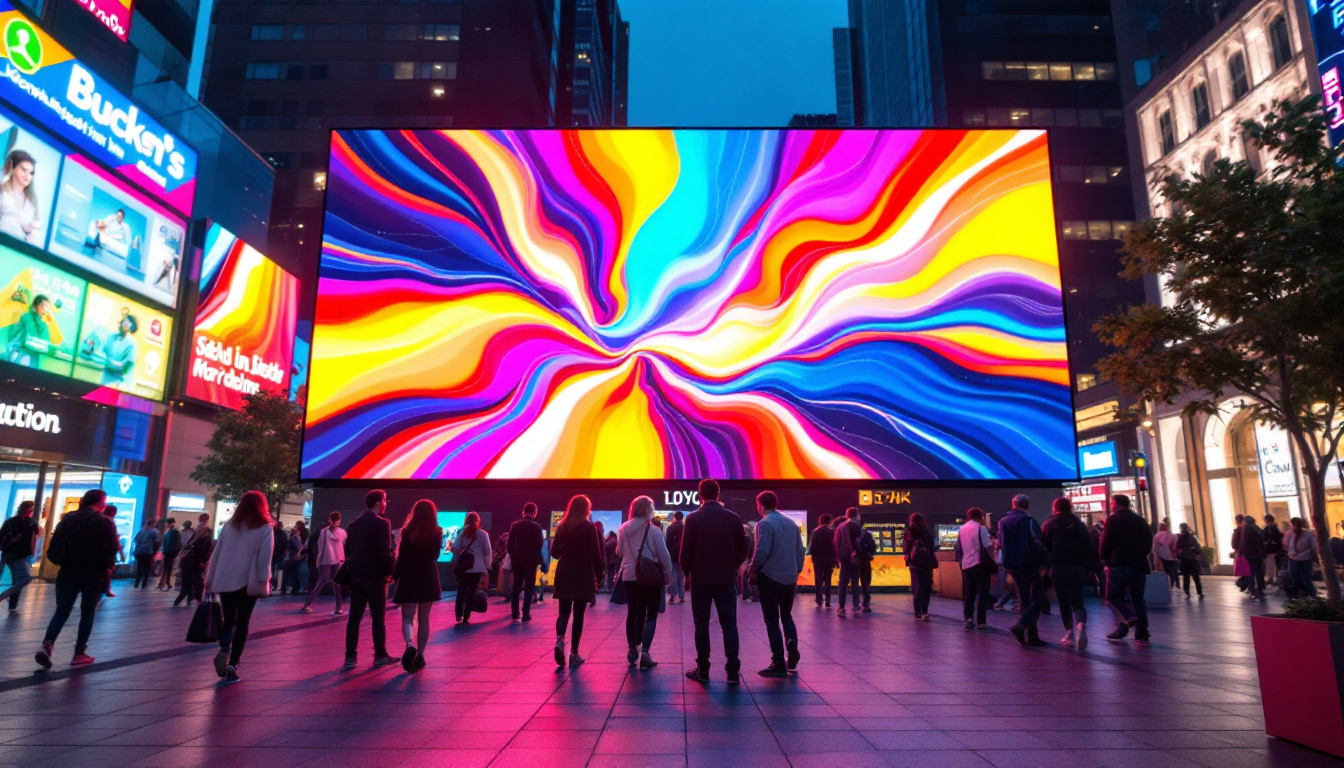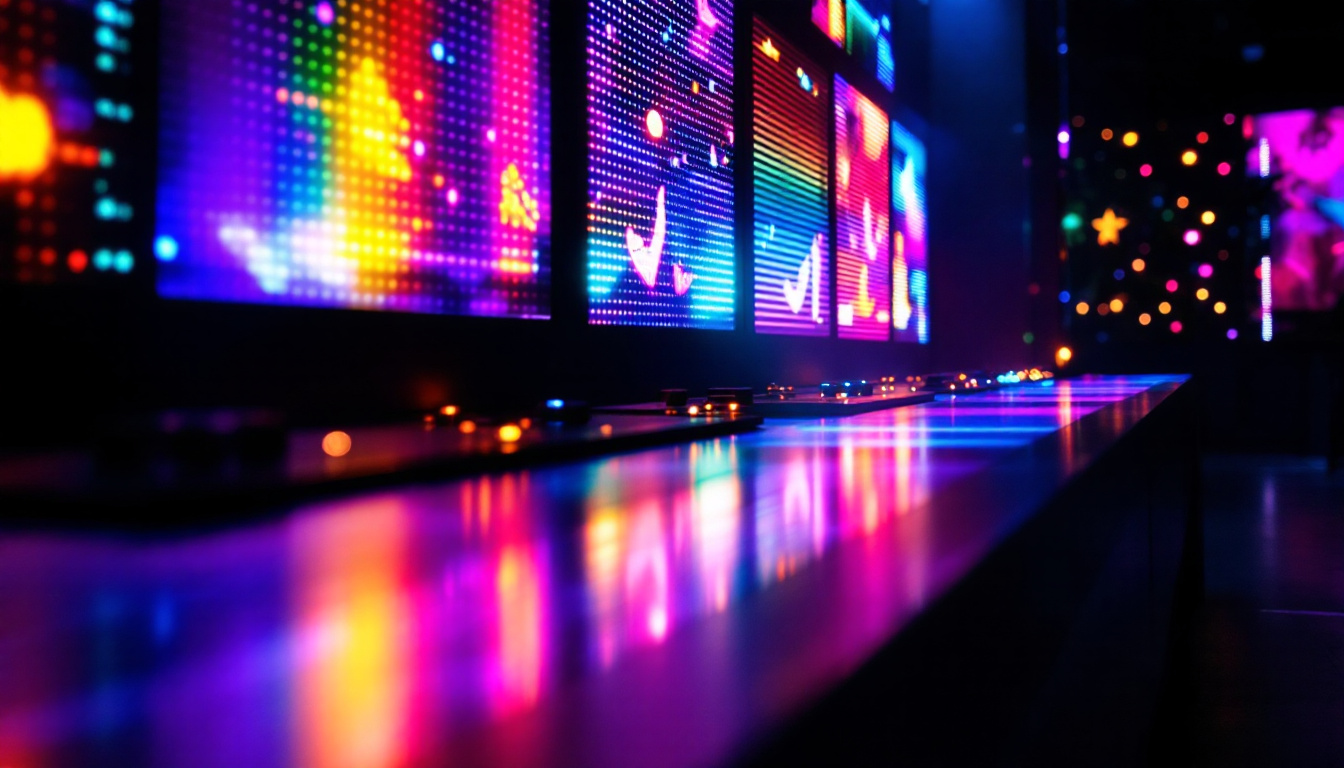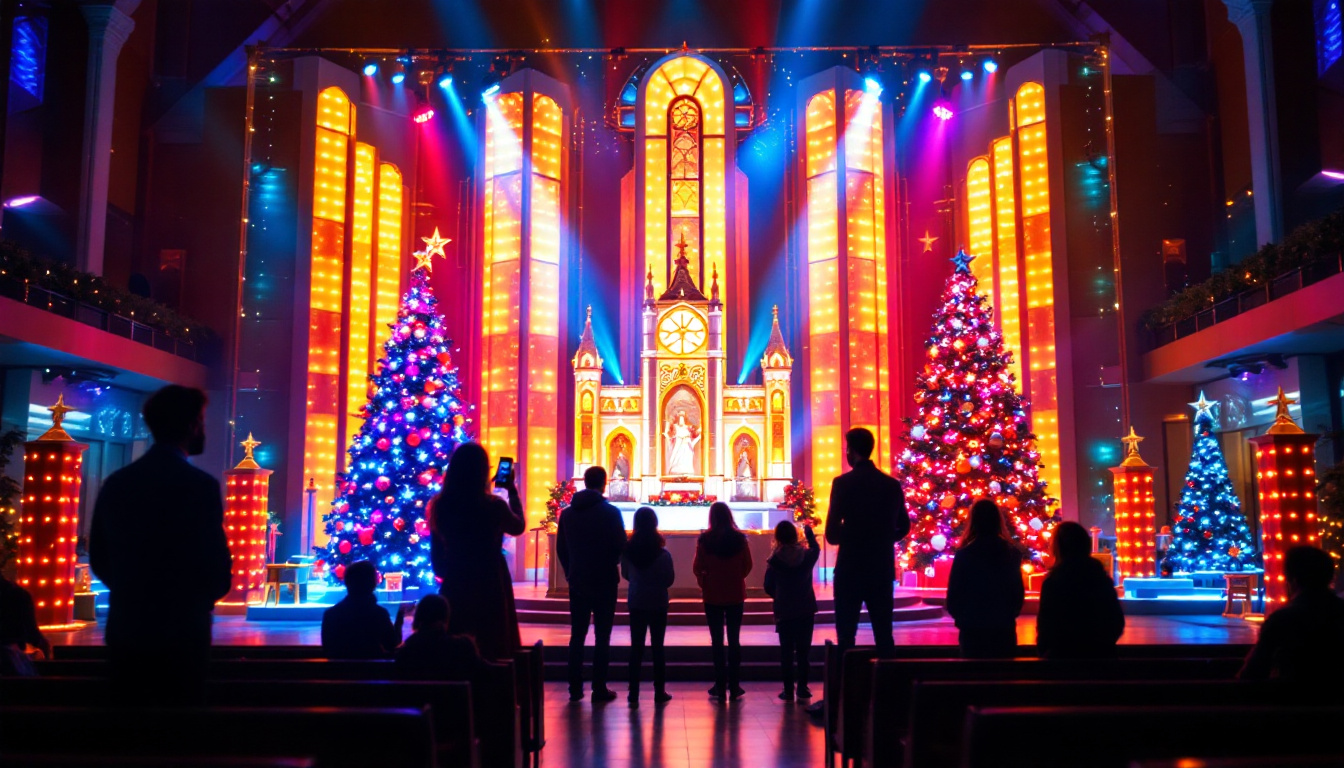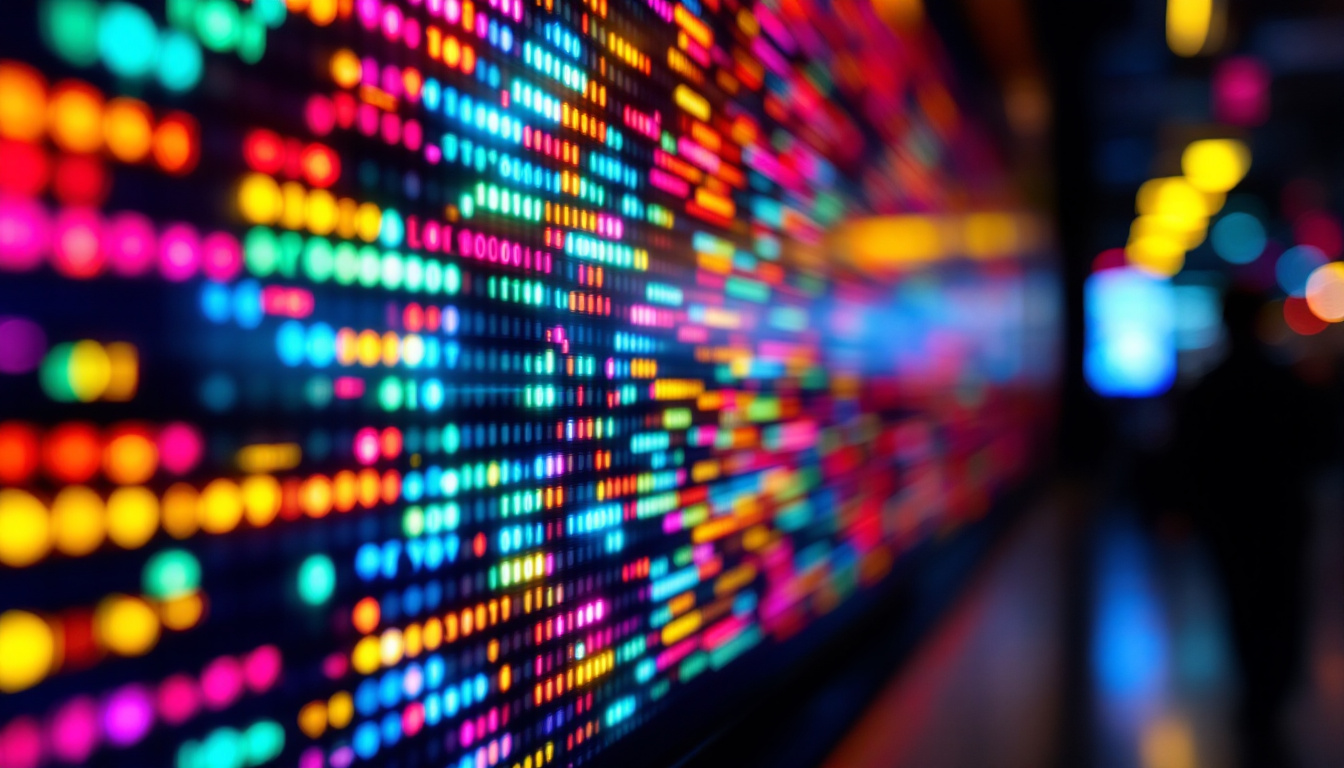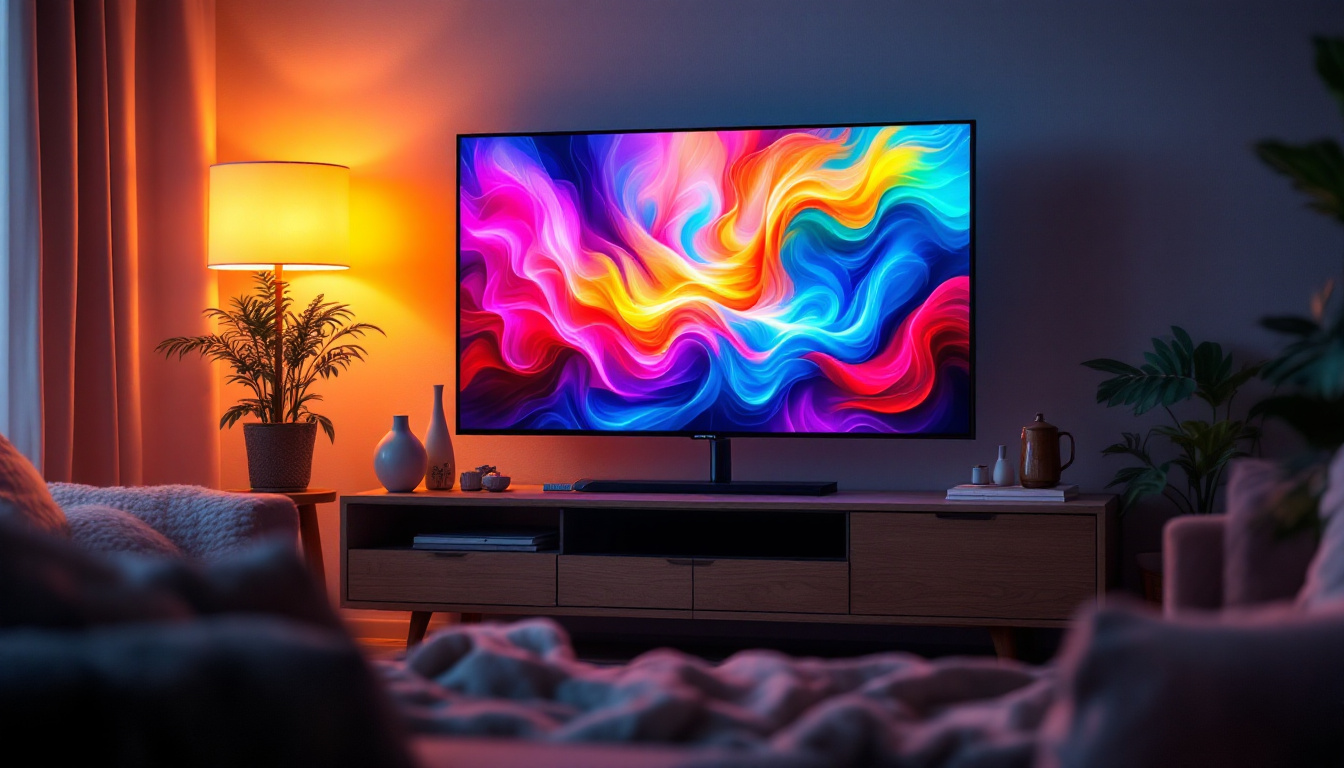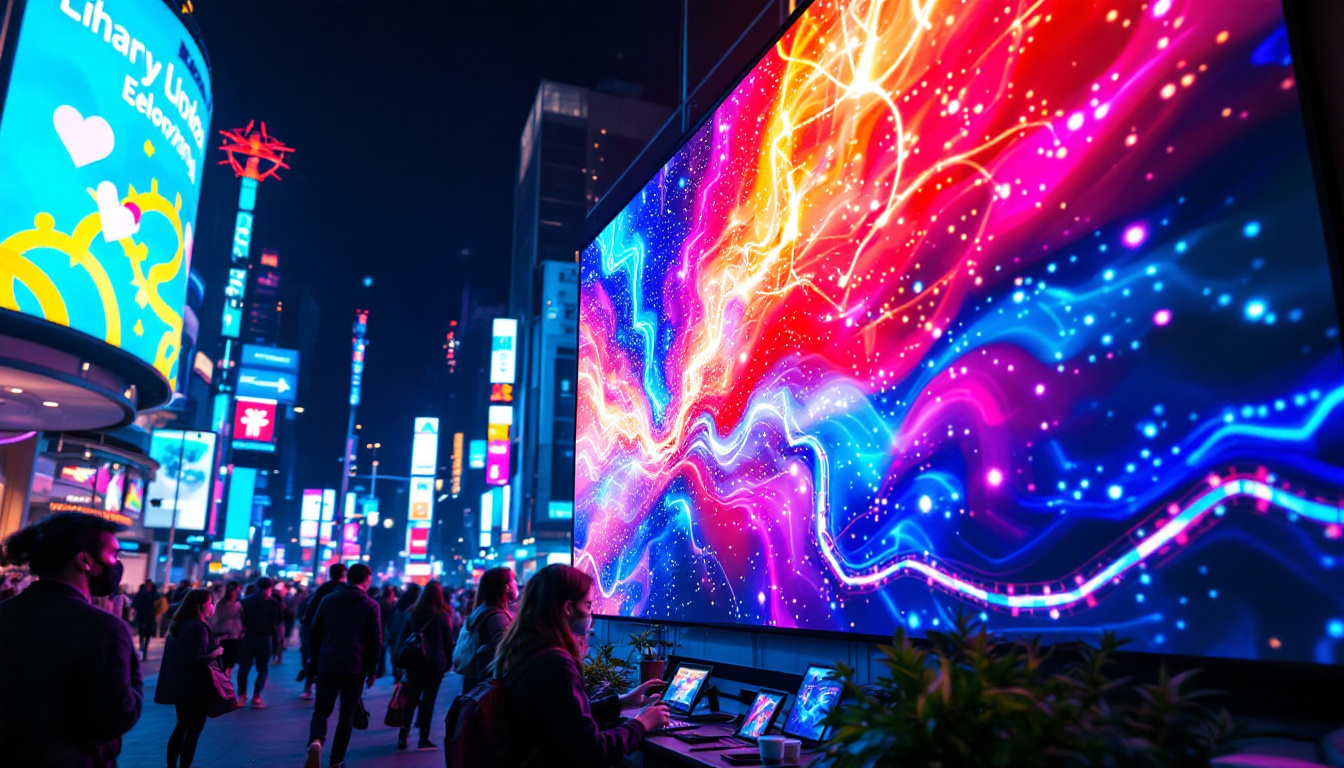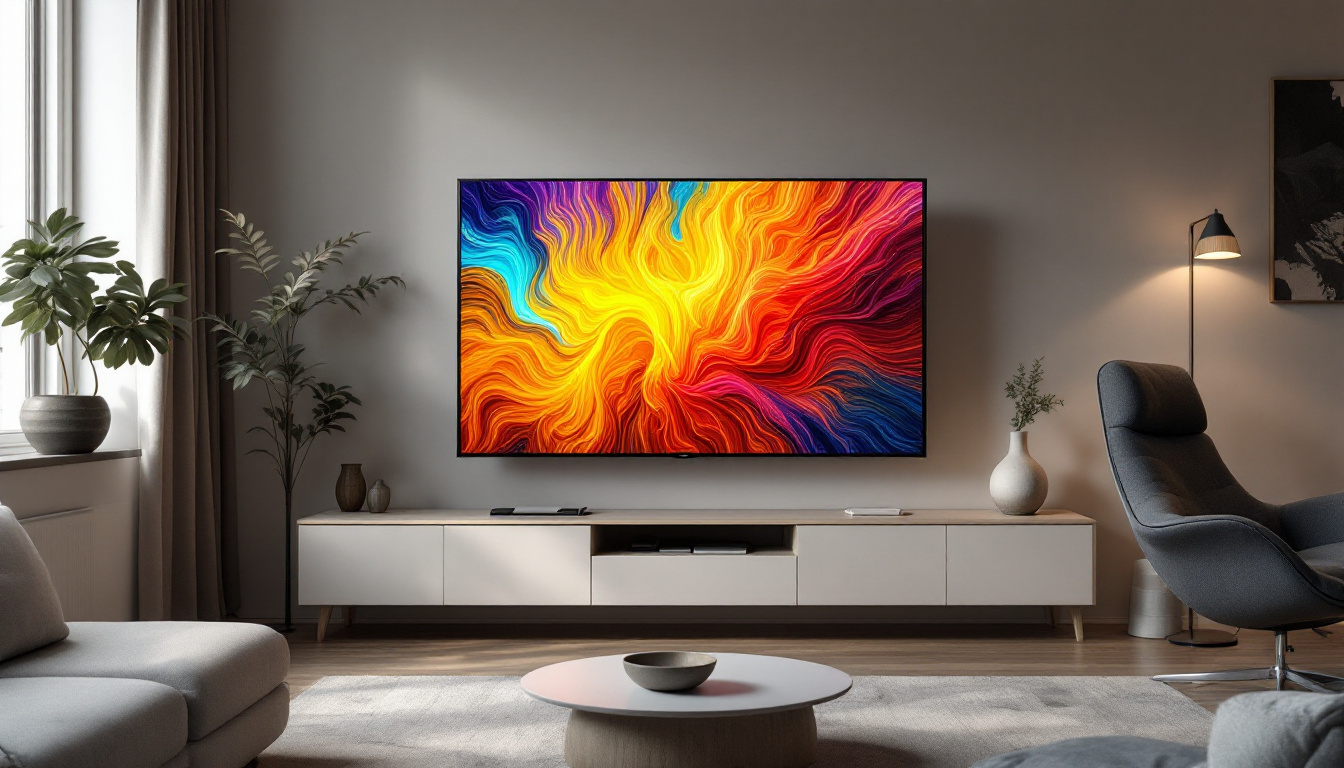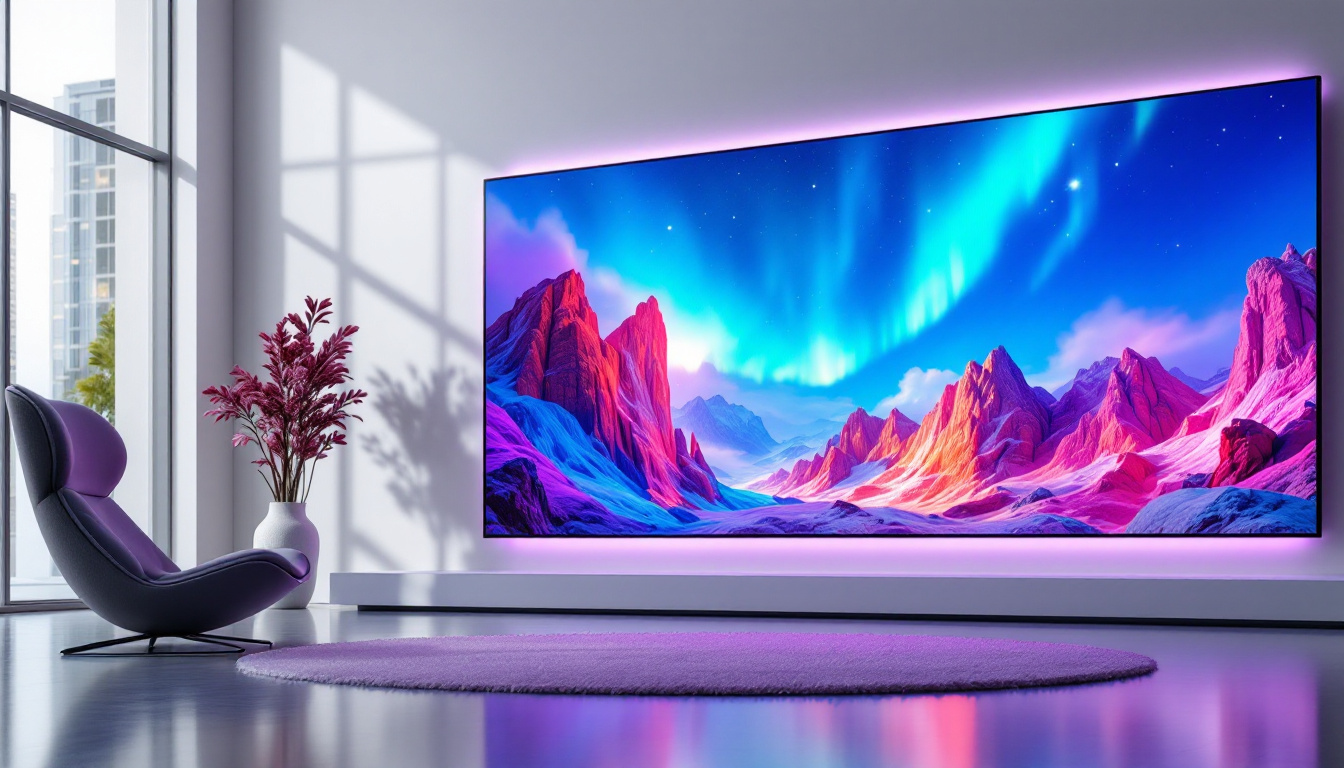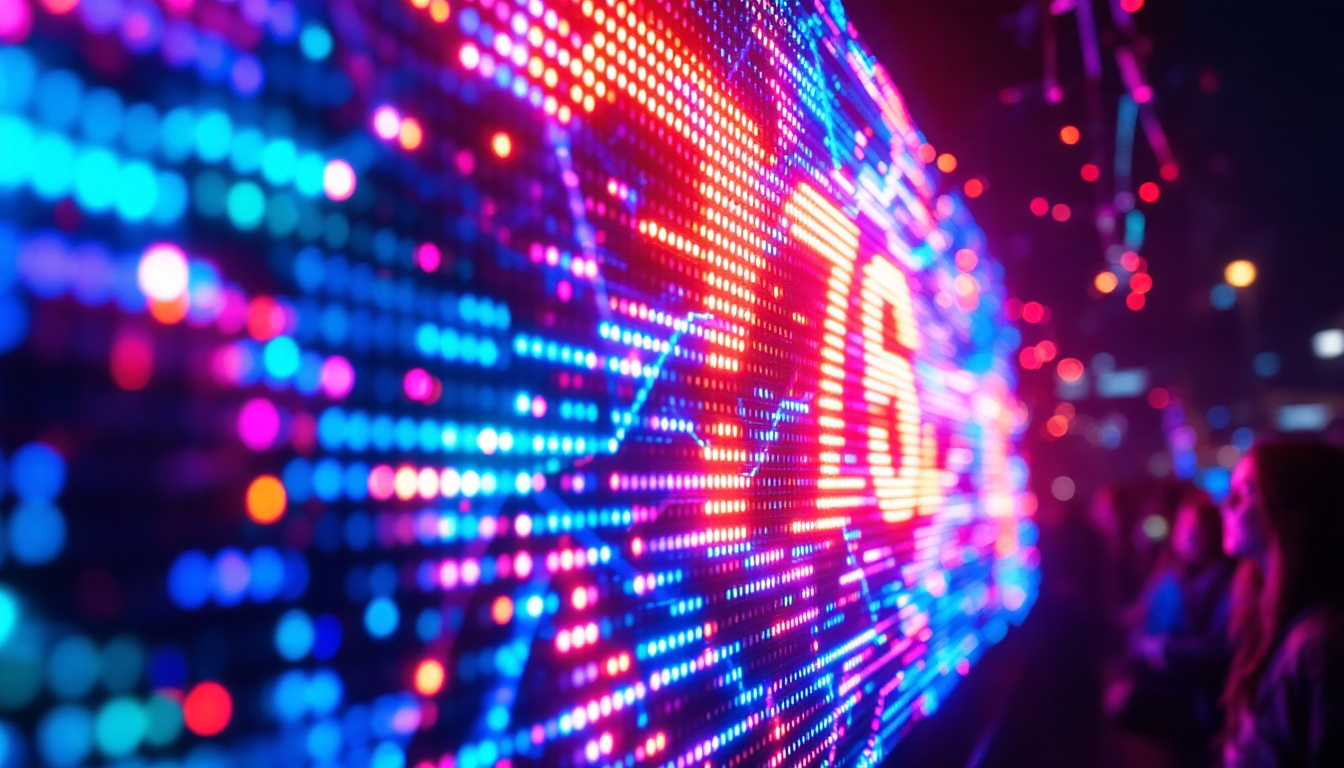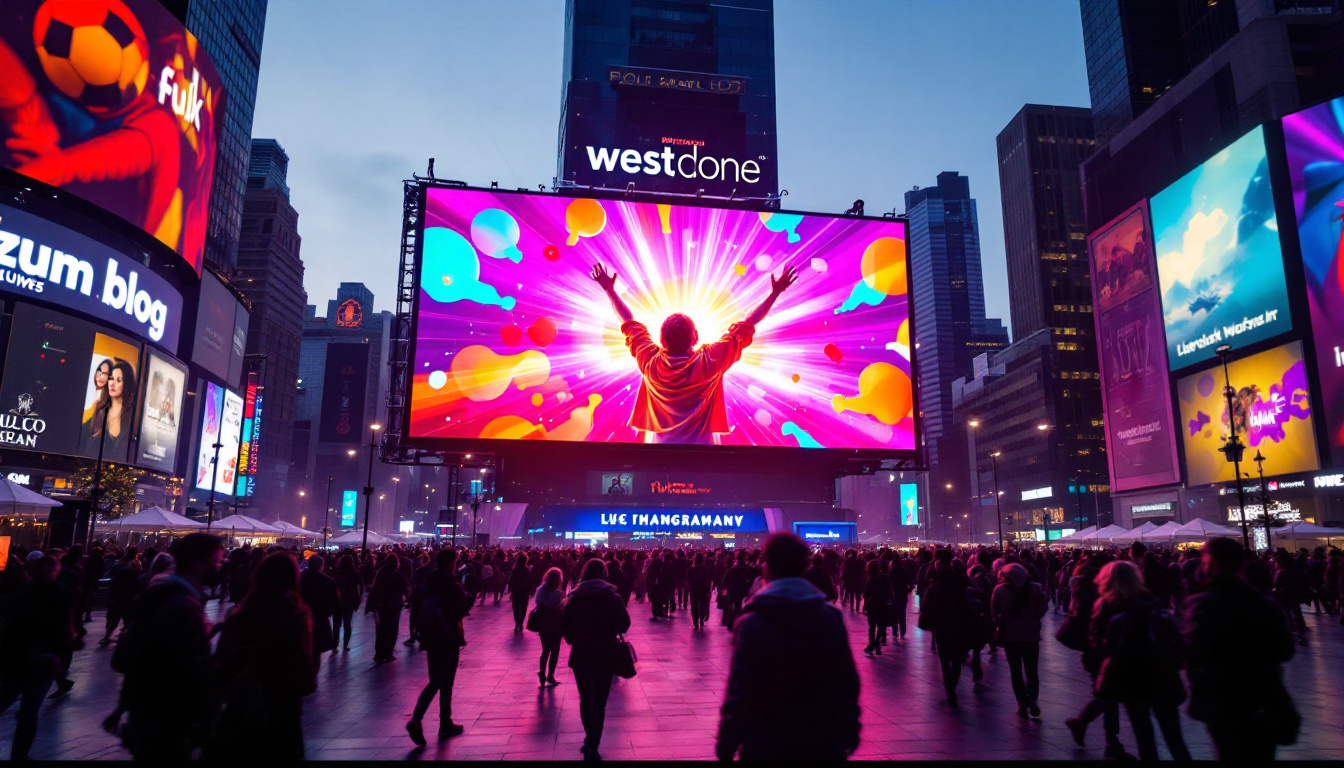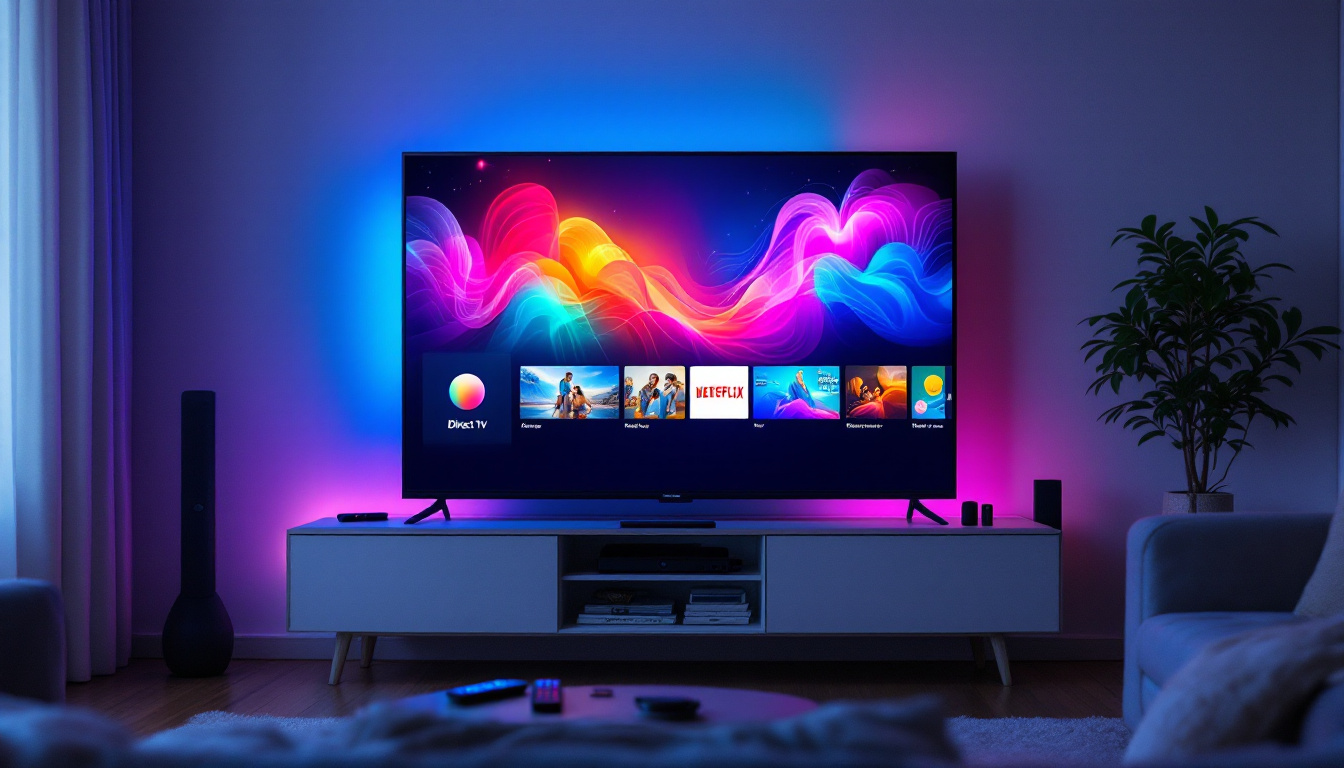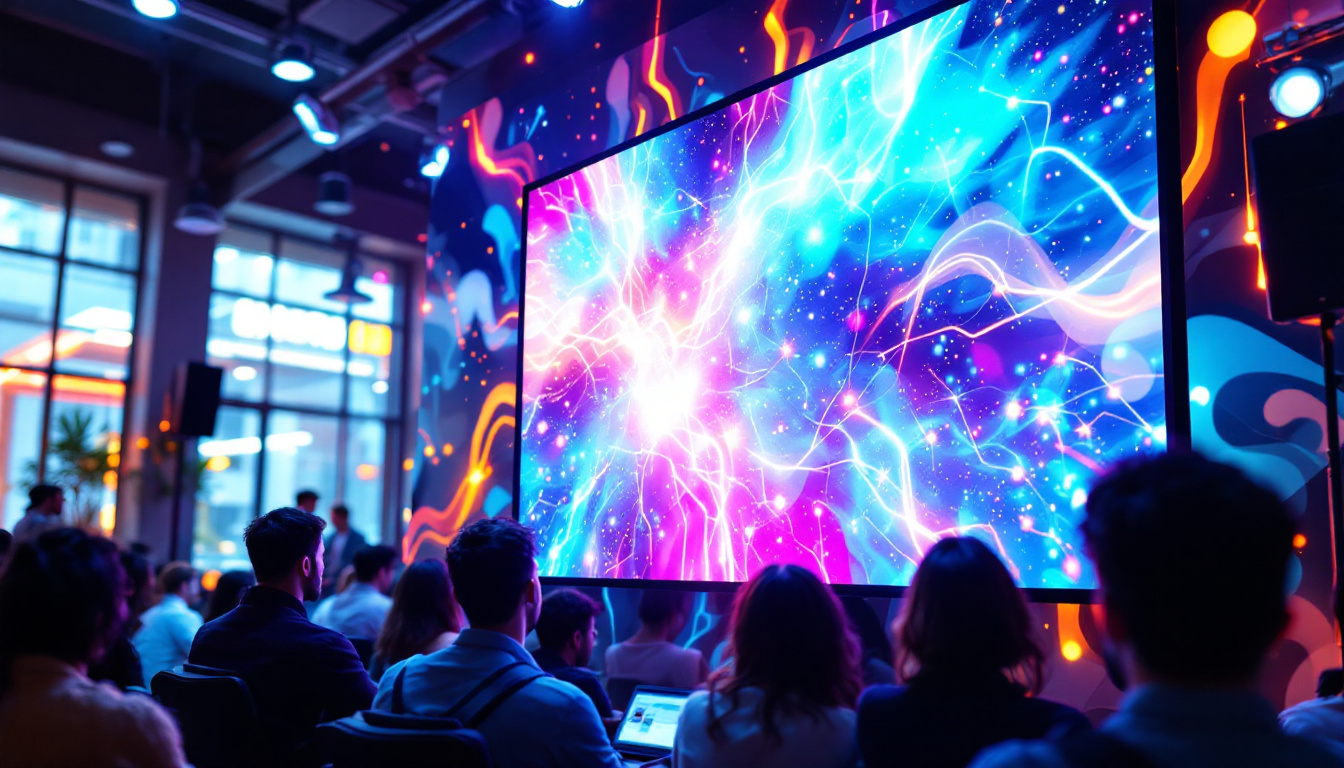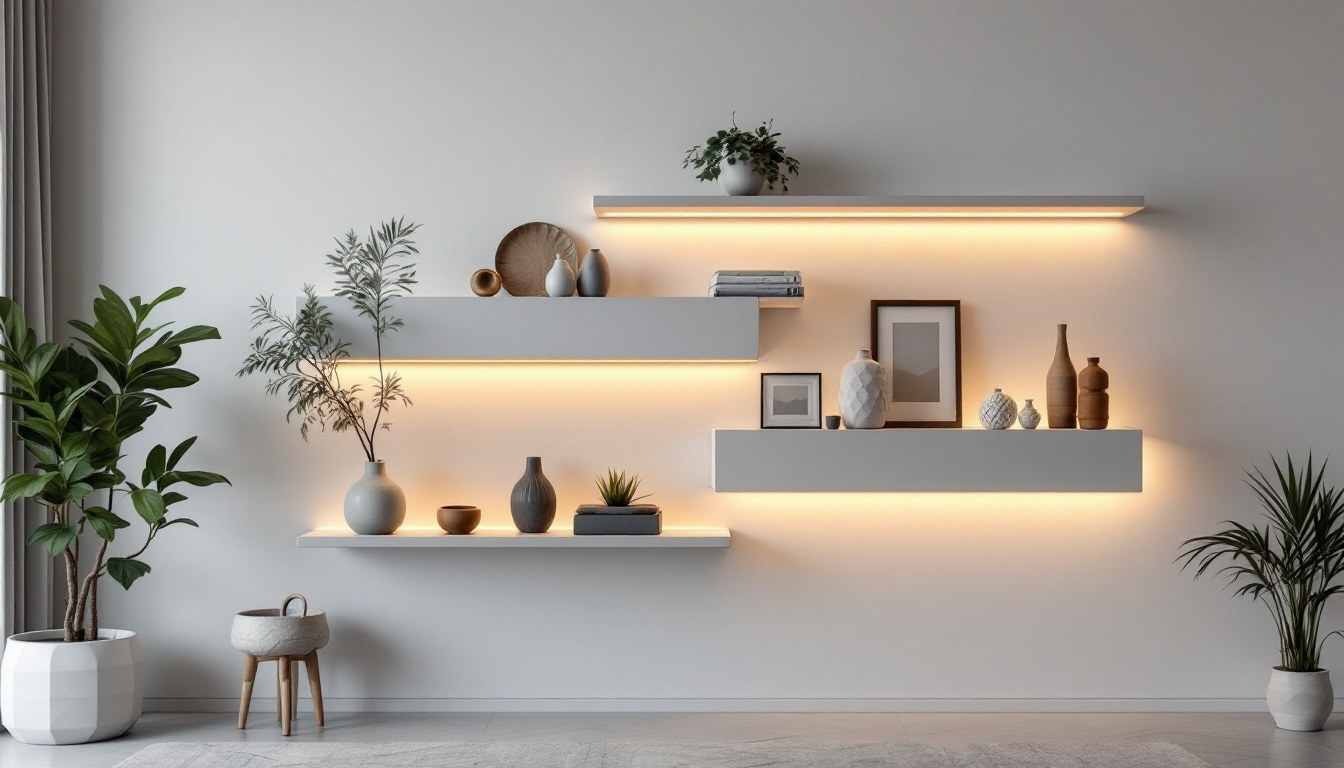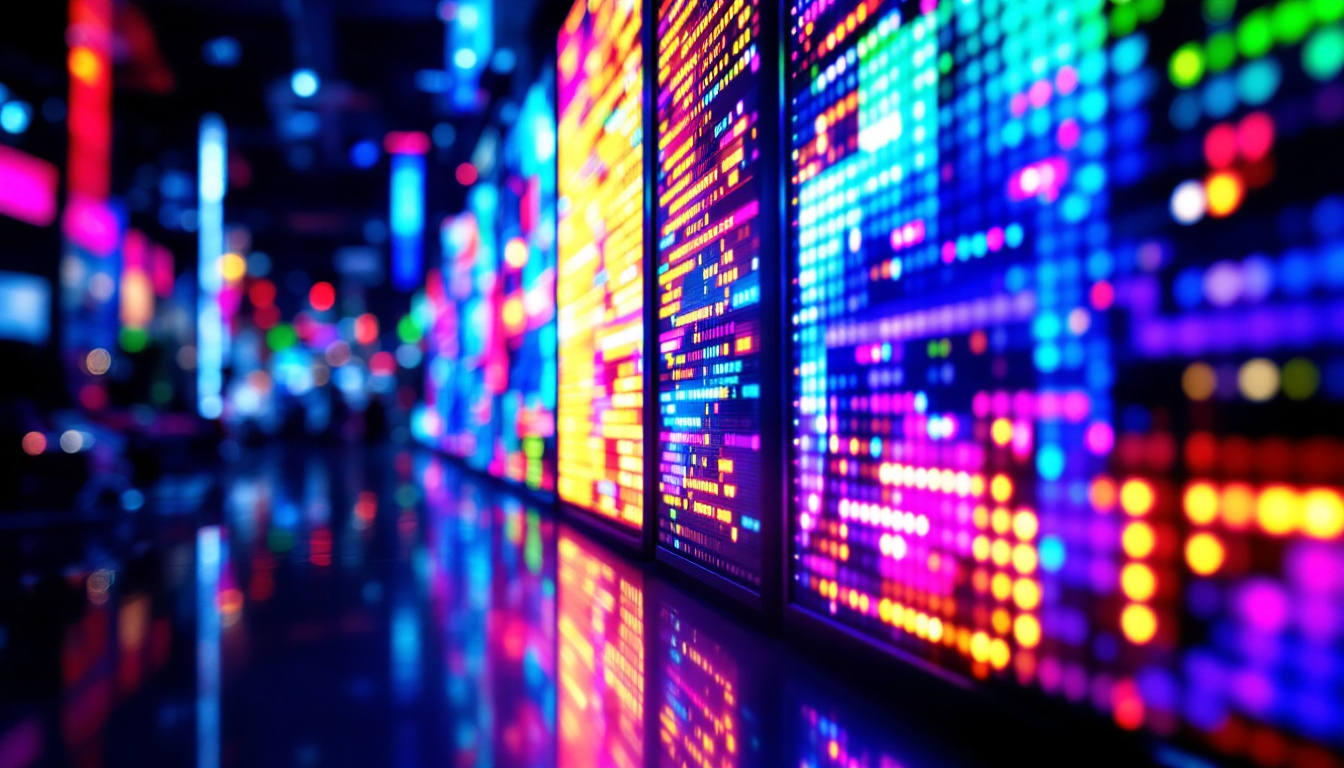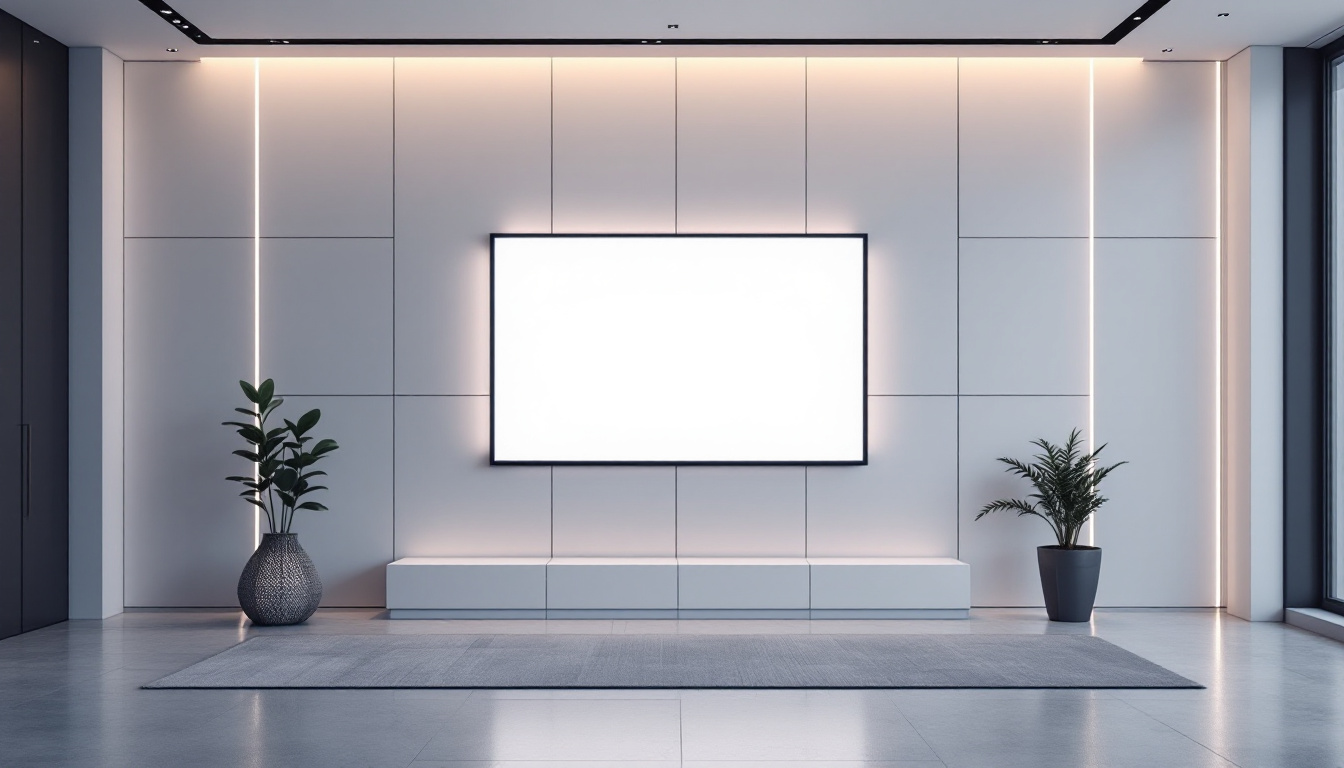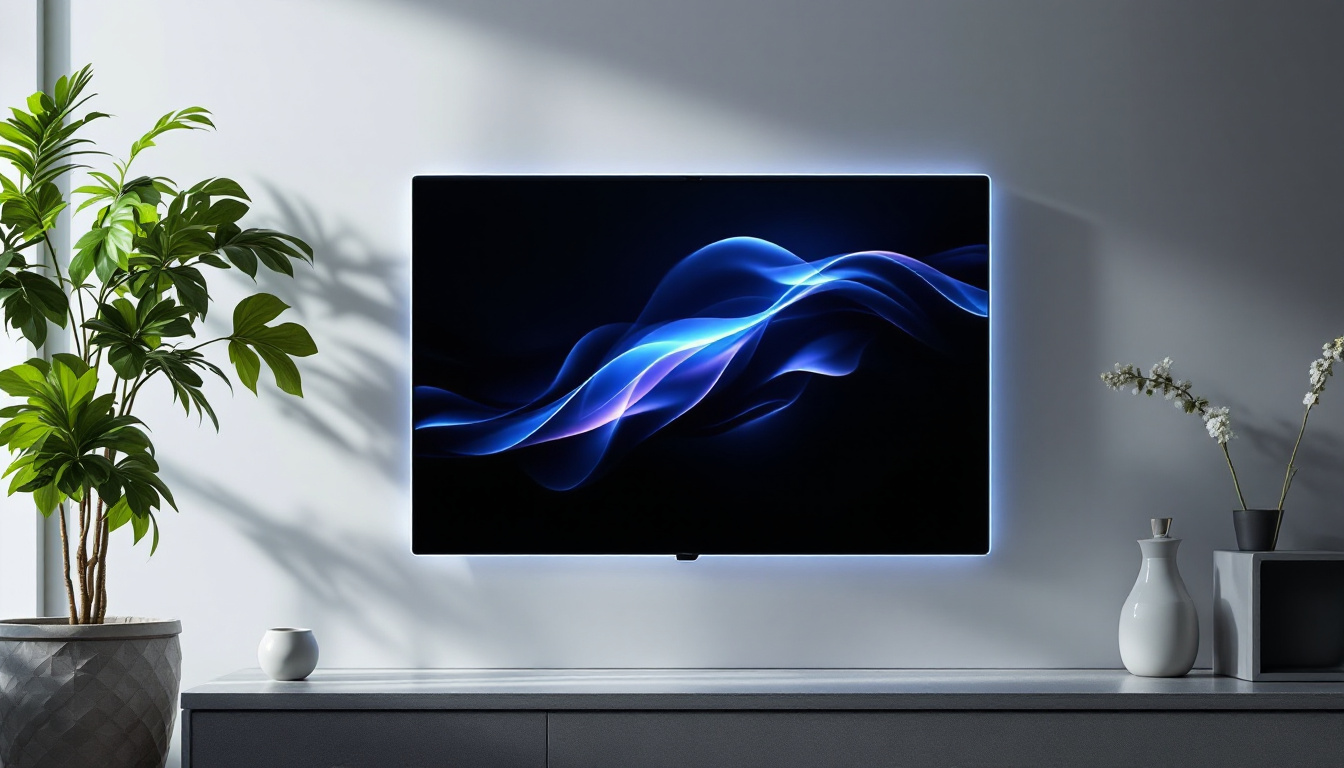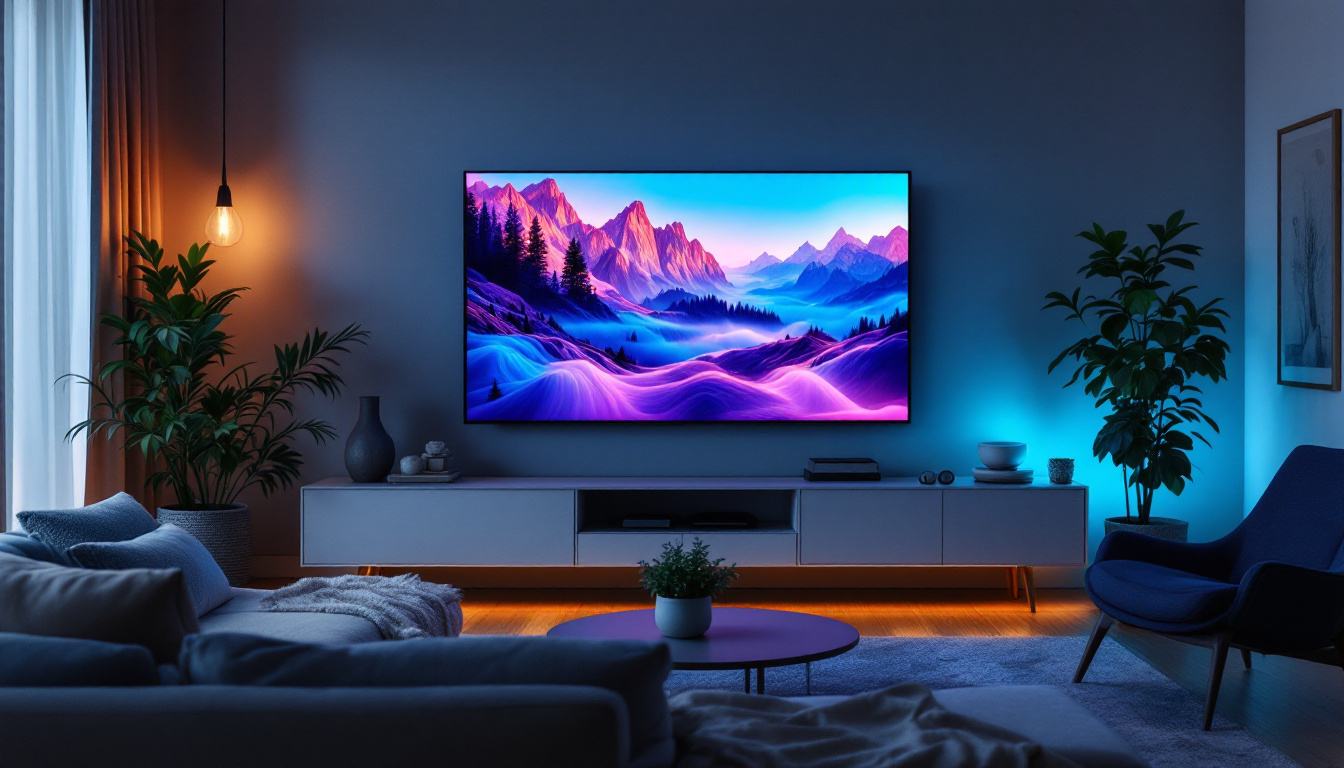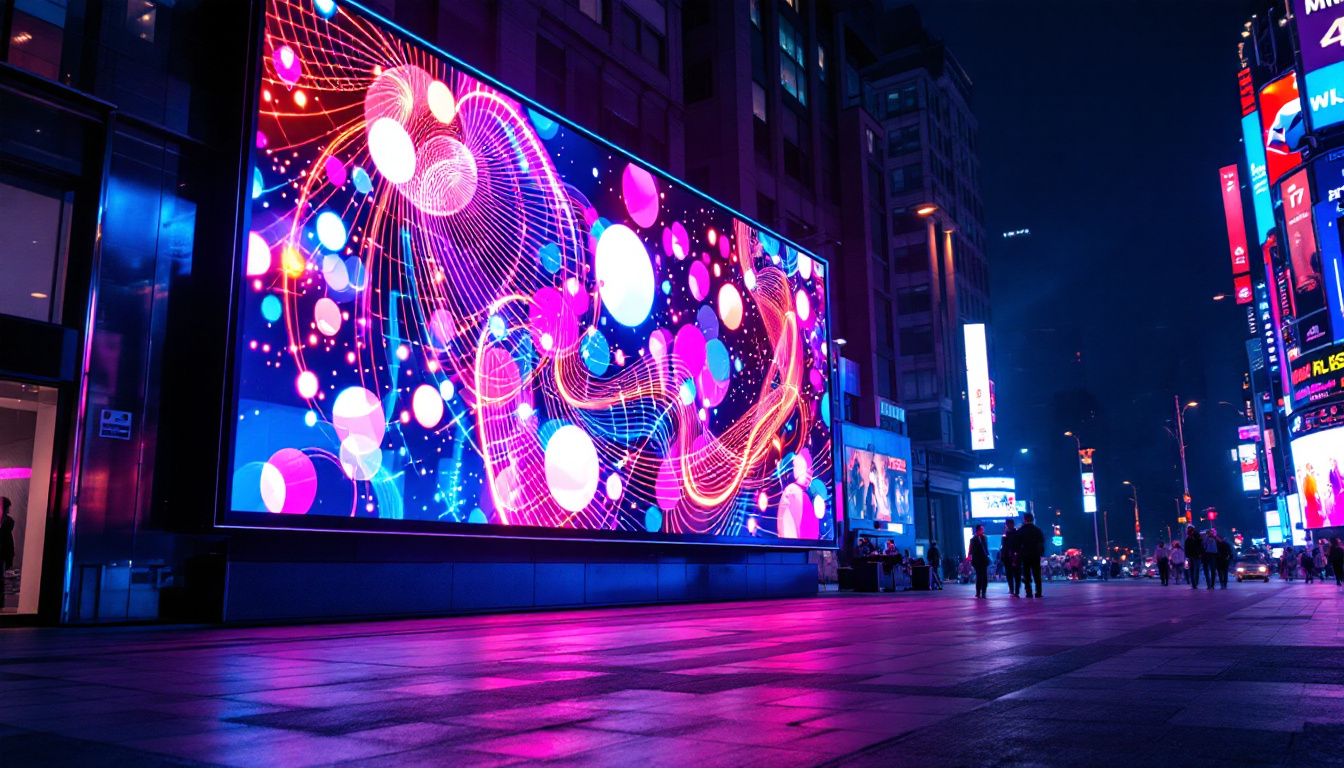In the ever-evolving world of retail, visual merchandising plays a crucial role in attracting customers and enhancing their shopping experience. Among the various tools available, LED displays have emerged as a powerful medium for communication and engagement. This article delves into the intricacies of LED displays, particularly in the context of retail, exploring their benefits, applications, and future trends.
Understanding LED Displays
LED displays, or Light Emitting Diode displays, utilize semiconductor technology to produce light. They are known for their vibrant colors, energy efficiency, and versatility. In retail environments, these displays serve as dynamic advertising platforms, capable of showcasing promotions, product information, and even interactive content. The ability to update content in real-time makes LED displays an invaluable tool for businesses looking to engage customers and enhance their shopping experience.
Moreover, the environmental benefits of LED technology cannot be overlooked. Compared to traditional lighting solutions, LED displays consume significantly less power, contributing to lower energy bills and a reduced carbon footprint. This aspect aligns with the growing trend of sustainability in business practices, making LED displays not just an aesthetic choice, but also a responsible one.
How LED Displays Work
At the core of an LED display are tiny diodes that emit light when an electric current passes through them. These diodes are arranged in a grid format, allowing for the creation of images and videos. The brightness and color of each diode can be controlled individually, resulting in stunning visuals that can capture the attention of passersby. This precise control over each pixel enables the creation of intricate animations and high-definition videos, making LED displays a popular choice for events and concerts as well.
The technology behind LED displays has advanced significantly over the years, leading to improved resolution and color accuracy. Modern displays can now achieve high pixel density, making them suitable for close viewing distances, which is particularly beneficial in retail settings. Additionally, advancements in software have allowed for easier content management, enabling businesses to schedule and modify their displays with minimal effort. This flexibility ensures that the content remains fresh and relevant, further attracting customer interest.
Types of LED Displays
There are several types of LED displays, each designed for specific applications. The most common types include:
- Indoor LED Displays: These are typically used in shopping malls, retail stores, and trade shows. They offer high resolution and vibrant colors, making them ideal for showcasing products and promotions. Their ability to display detailed images and videos enhances the overall shopping experience, drawing customers into stores.
- Outdoor LED Displays: Built to withstand the elements, outdoor displays are often used for billboards and storefront advertising. They are designed to be highly visible even in bright sunlight, ensuring that messages reach a wide audience. Many outdoor displays also incorporate advanced features such as automatic brightness adjustment, which optimizes visibility based on ambient light conditions.
- Transparent LED Displays: These innovative displays allow for visibility through the screen while still providing dynamic content. They are often used in window displays, combining aesthetics with functionality. This unique characteristic not only enhances the visual appeal of storefronts but also allows businesses to maintain a connection with the outside world, creating an inviting atmosphere for potential customers.
The Benefits of LED Displays in Retail
Implementing LED displays in retail environments offers numerous advantages. From enhancing customer engagement to improving brand visibility, these displays can significantly impact a retailer’s success.
Enhanced Customer Engagement
LED displays can capture attention more effectively than traditional signage. Their ability to display moving images and videos creates a dynamic visual experience that can engage customers on a deeper level. This engagement can lead to increased foot traffic and longer dwell times, ultimately boosting sales.
Moreover, interactive LED displays can further enhance engagement by allowing customers to interact with the content. Touchscreen technology can enable shoppers to browse products, access promotions, or even participate in games, creating a memorable shopping experience. This interactivity not only entertains but also informs consumers, providing them with valuable product information and personalized recommendations based on their interests.
Additionally, LED displays can be programmed to change content based on the time of day or specific customer demographics, tailoring messages to different audiences. For instance, a display could showcase family-oriented products during the day and shift to promotions for young adults in the evening, ensuring that the messaging resonates with the target audience at all times.
Cost-Effectiveness and Energy Efficiency
While the initial investment in LED technology may be higher than traditional signage, the long-term savings are substantial. LED displays consume significantly less energy than incandescent or fluorescent lights, leading to lower electricity bills. Additionally, their long lifespan reduces the frequency of replacements, further decreasing overall costs.
Retailers can also update content remotely, eliminating the need for physical signage changes. This flexibility allows for real-time updates on promotions, inventory, and events, ensuring that customers receive the most current information without incurring additional costs. This capability is particularly beneficial during seasonal sales or flash promotions, where timely communication can make a significant difference in sales performance.
Furthermore, the durability of LED displays means they can withstand various environmental conditions, reducing the likelihood of damage and the associated costs of repairs or replacements. This resilience makes them an ideal choice for both indoor and outdoor retail settings, where they can continue to operate effectively in diverse weather conditions.
Improved Brand Visibility
In a crowded retail environment, standing out is essential. LED displays provide vibrant colors and high contrast, making them highly visible even from a distance. This visibility can enhance brand recognition and attract potential customers who may not have otherwise entered the store.
Furthermore, LED displays can be strategically placed at key locations, such as entrances or high-traffic areas, maximizing exposure. The ability to showcase eye-catching visuals can create a lasting impression on customers, encouraging repeat visits. By utilizing high-definition graphics and animations, retailers can tell their brand story in a compelling way that resonates with customers emotionally, fostering a deeper connection to the brand.
Additionally, incorporating social media feeds or user-generated content into LED displays can further amplify brand visibility. By showcasing customer reviews, photos, or live social media interactions, retailers can create a sense of community and authenticity, encouraging shoppers to engage with the brand both in-store and online. This integration not only enhances the shopping experience but also drives traffic to the retailer’s digital platforms, creating a cohesive omnichannel presence.
Applications of LED Displays in Retail
The versatility of LED displays allows for a wide range of applications within retail settings. From advertising to information dissemination, these displays can be tailored to meet the specific needs of retailers.
Advertising and Promotions
One of the primary uses of LED displays in retail is for advertising. Retailers can showcase special promotions, new product launches, and seasonal sales through eye-catching visuals. The dynamic nature of LED displays allows for quick changes to content, enabling retailers to respond to market trends and consumer behavior effectively.
Moreover, the ability to display video content can enhance the storytelling aspect of advertising. Retailers can create compelling narratives around their products, capturing the attention of customers and encouraging them to make a purchase.
Wayfinding and Information Displays
In larger retail environments, such as shopping malls or department stores, LED displays can serve as wayfinding tools. Digital directories can help customers navigate the space, locate specific stores, or find amenities such as restrooms and food courts.
Additionally, LED displays can provide essential information, such as store hours, upcoming events, and safety protocols. This functionality not only improves the customer experience but also enhances overall operational efficiency.
Interactive Experiences
As technology continues to advance, interactive LED displays are becoming increasingly popular in retail. These displays can engage customers in unique ways, such as through gamification or augmented reality experiences. For example, a retailer might set up a display that allows customers to virtually try on clothing or accessories, creating an immersive shopping experience.
Such interactive experiences can drive customer engagement and foster a deeper connection between the brand and its audience. By incorporating technology into the shopping experience, retailers can differentiate themselves from competitors and create memorable moments for customers.
Future Trends in LED Display Technology
The landscape of LED display technology is constantly evolving. As advancements continue to emerge, retailers must stay informed about the latest trends to remain competitive.
Higher Resolution and Pixel Density
As consumer expectations for visual quality continue to rise, manufacturers are focusing on developing LED displays with higher resolution and pixel density. This trend allows for more detailed images and smoother video playback, enhancing the overall viewing experience.
With the introduction of microLED technology, displays can achieve unprecedented levels of clarity and color accuracy. This innovation opens up new possibilities for retail applications, allowing for even more engaging and visually stunning content.
Integration with IoT and AI
The integration of Internet of Things (IoT) technology with LED displays is another trend shaping the future of retail. Smart displays can collect data on customer behavior, enabling retailers to tailor content based on real-time insights. For example, a display could show different promotions based on the demographics of the customers in front of it.
Artificial intelligence (AI) can also play a role in optimizing content delivery. By analyzing data patterns, AI can help retailers determine the most effective messaging strategies, ensuring that the right content reaches the right audience at the right time.
Sustainability and Eco-Friendly Solutions
As sustainability becomes a priority for consumers and businesses alike, LED display manufacturers are focusing on eco-friendly solutions. This includes using recyclable materials, reducing energy consumption, and implementing sustainable manufacturing practices.
Retailers can benefit from adopting these eco-friendly displays, not only by reducing their carbon footprint but also by appealing to environmentally conscious consumers. By showcasing their commitment to sustainability, retailers can enhance their brand image and foster customer loyalty.
Conclusion
LED displays have transformed the retail landscape, offering innovative solutions for advertising, customer engagement, and information dissemination. Their vibrant visuals, energy efficiency, and versatility make them an invaluable asset for retailers seeking to enhance their brand presence and improve the customer experience.
As technology continues to advance, the potential applications and benefits of LED displays will only expand. Retailers must stay informed about emerging trends and innovations to leverage this powerful medium effectively. By embracing LED display technology, retailers can not only attract customers but also create memorable shopping experiences that drive sales and foster brand loyalty.
Discover LumenMatrix’s Innovative LED Solutions
Ready to elevate your retail space with the latest in LED display technology? Look no further than LumenMatrix, a pioneer in crafting LED display modules that not only enhance brand visibility but also provide immersive visual experiences. From Indoor and Outdoor LED Wall Displays to specialized solutions like Vehicle, Sports, and Floor LED Displays, LumenMatrix offers a comprehensive range of products designed to meet your unique needs. Embrace the future of visual communication and captivate your audience with clarity and impact. Check out LumenMatrix LED Display Solutions today and transform your retail environment into a dynamic, engaging space.

